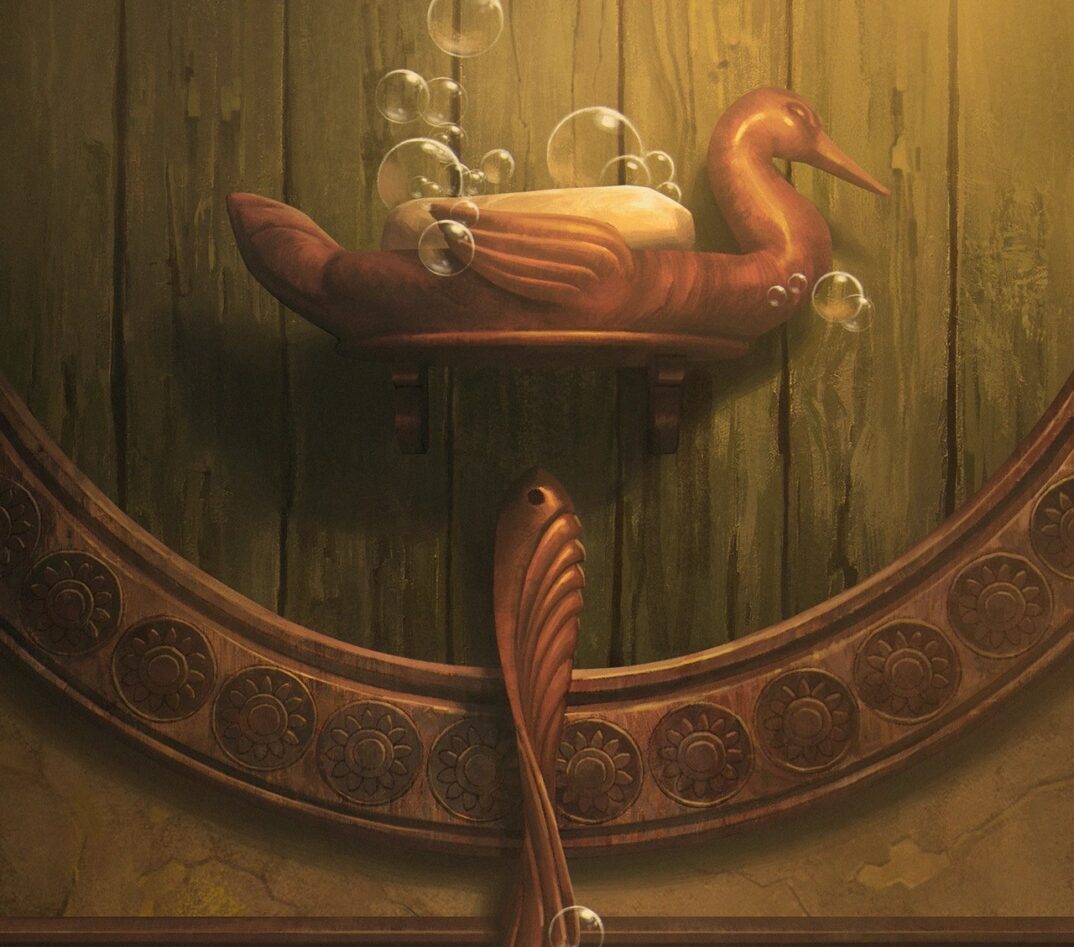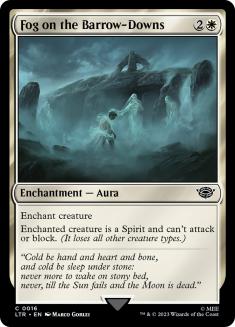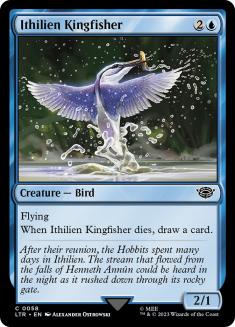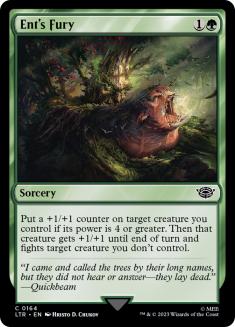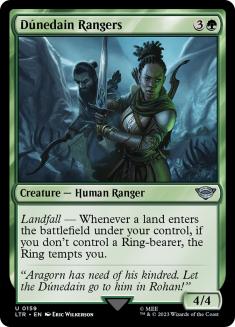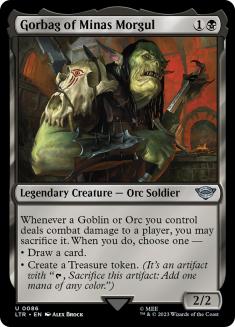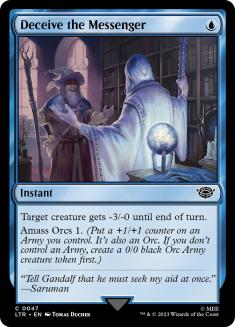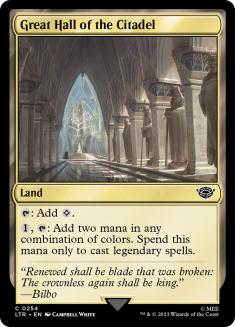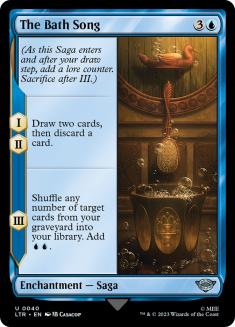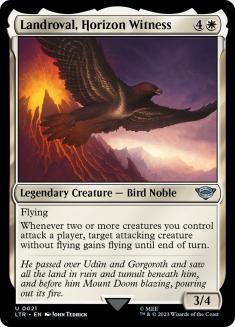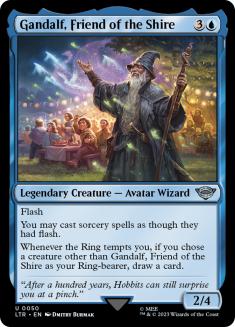We’ve reached the point after a set’s release where I like to examine the cards that have exceeded my initial expectations. Let’s take a look at why some of these cards are better or worse than they look at face value.
Underperformers
Arrest just isn’t cutting it here. Sacrifice outlets aside, it’s rare that creatures nowadays are just a vanilla pile of stats. Most of the creatures either gained some small advantage through an enter the battlefield (ETB) ability, or have a static effect or ability that is not addressed by this card. I wouldn’t say it’s completely unplayable, but it’s lackluster.
I anticipated this being a solid inclusion in most blue decks, based off of historical blue flyers with similar effects. The main problem with the bird is that the decks where it might fit (Azorius, and Simic) are the two worst color pairs of the format. Dimir and Izzet don’t really want this guy either, because their game plans are much more synergistic. Bye Bye Birdie.
I’m used to green fight spells being one of the better cards for the color. It’s still a good card, but sorcery speed removal in the weakest color of the set leaves a lot to be desired.
I’m not even sure if I fully understand why this card is bad, but a few things come to mind. Optimally, you would want to trigger these rangers with every land you play, but it never works out that way. It’s also easy to ignore green ring bearers, as it’s already one of the slowest colors.
Don’t be fooled by all the text on Gorbag. I’ve never seen the ability activated, and it’s pretty rare that it would be the correct decision. This is essentially a legendary 2/2 for two mana.
Overperformers
The closest comparison I could think of when I read the card, was Forbidden Friendship, which was a solid card in Ikoria – so I assessed it around there. After playing with it, I’ve got this as red’s best common, fitting well into every archetype. In Izzet, it’s a spell for Gandalf’s Sanction, some early damage, and provides disposable blockers. In Rakdos, early damage and sacrifice outlets for cards like Lash of the Balrog, or Improvised Club. Rally is at its best in Boros, providing multiple triggers for cards like Theoden, King of Rohan, or Erkenbrand, Lord of Westfold, as well as giving all Humans haste. It’s fine in Gruul, but there’s rarely a reason to play Gruul.
How powerful this card is depends on the deck. Early in the format, I was trying to figure out how to build Dimir decks, finding that my control decks with this card performed significantly better with it than without. It lines up incredibly well against early threats, which are the most problematic for slower decks.
It’s always difficult to discern which mana fixing cards are going to be the best before playing the set. Between Wizard’s Rockets, Shire Scarecrow, Inherited Envelope, Shire Terrace, and The Grey Havens. These halls are indeed the greatest. As it turns out, a lot of the cards you will be looking to splash, from uncommon to mythic, tend to be legendary creatures. Assuming you have legendary spells in your deck already, it can help you cast them in a tight spot as well. In multiples, you can splash bombs unrelated to your deck, like Eowyn, Fearless Knight in a Dimir deck.
Early on, I assumed this card was fine, but likely a big liability for most decks. Then I realized you can shuffle any number of cards from your graveyard into your library during the final chapter, which can be huge. Assuming you have a decent early game presence, this card is extremely powerful, especially in control-based mirrors.
I thought this card was a bit small for the casting cost, but have been very impressed so far. This card gives aggressive white decks a good amount of reach they often need. It can make an impact the turn it comes into play – often attacking with a small ring bearer while sending your biggest creature to the skies.
At face value, Gandalf doesn’t provide all that much, but in practice, I’ve been very impressed. It’s not too difficult for Gandalf to take out a small attacker with flash. One of the intangible benefits is providing an alternative spell, while threatening a counterspell. Gandalf’s best quality (of many), is drawing a card when the ring tempts you. With all of those things considered, Gandalf, Friend of the Shire, is a strong passive threat, providing card advantage, fast sorceries, and a lot of toughness, which is hard to pass.
I hope this helps shed some light on The Lord of the Rings: Tales of Middle-earth cards that you should be taking higher or lower than you are currently!
Lose and Learn, Learn and Win!

